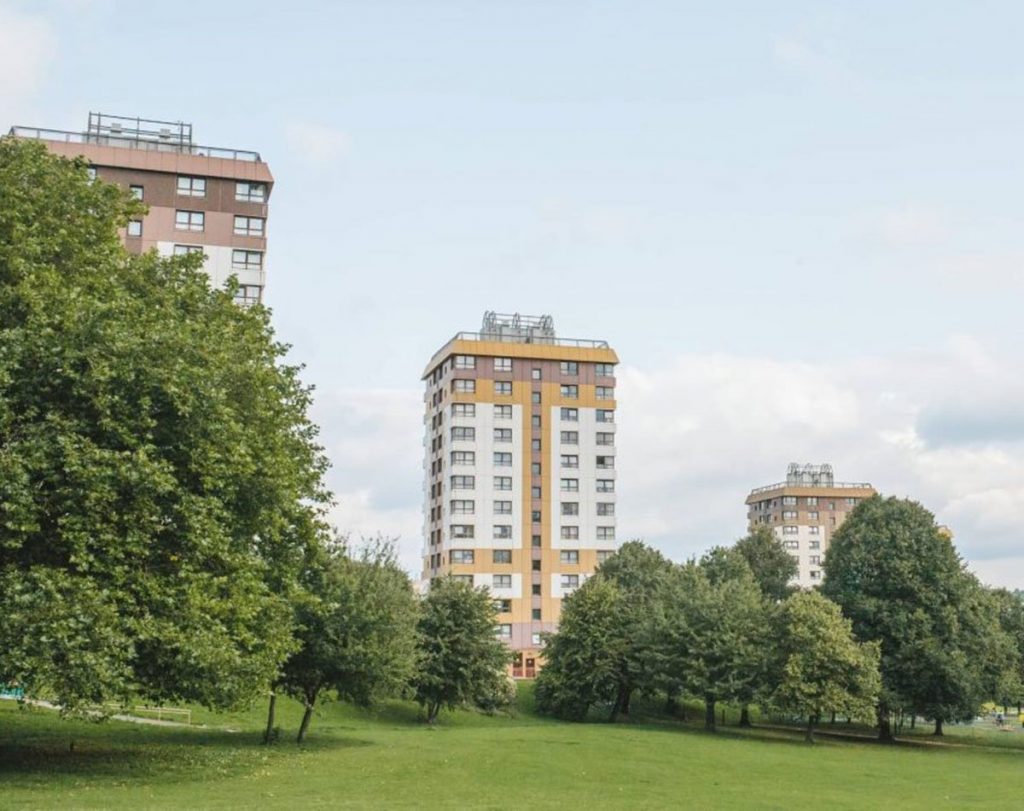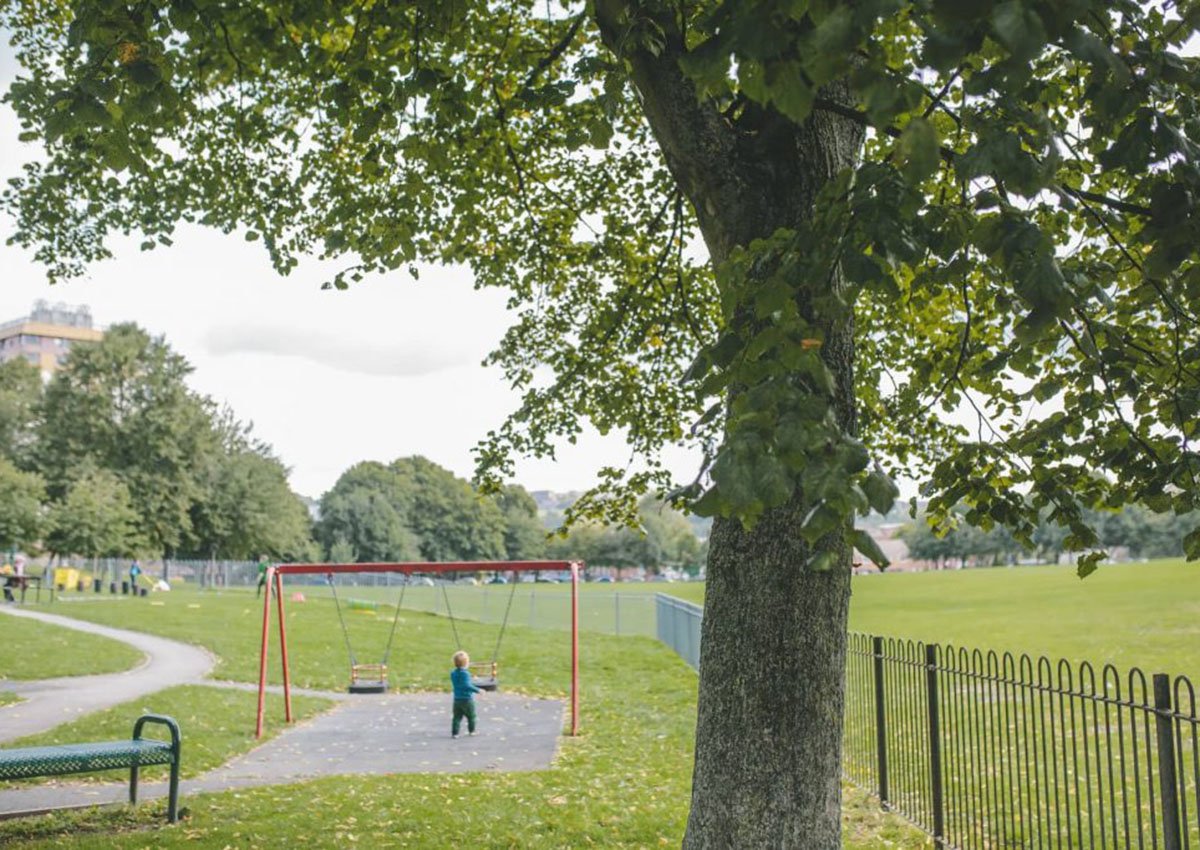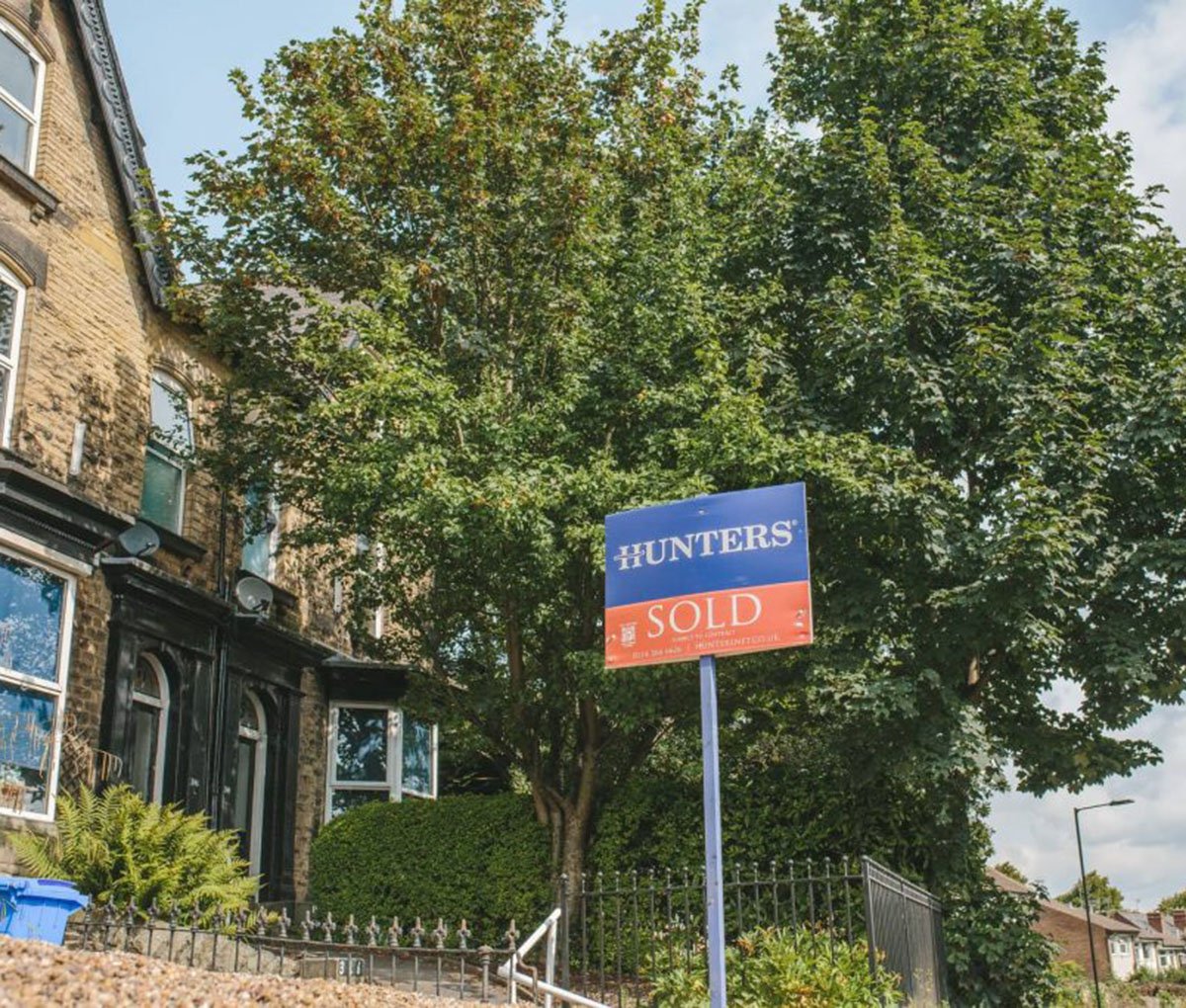Tree Surveys For Planning
If there are trees on or nearby a proposed development, your planning application will need a BS:5837:2012 tree survey. As part of the BS5837 tree survey, there are a number of individual documents that local authorities could ask for. Without this paperwork, trees can become a real issue when trying to secure planning permission.
To carry out work on a tree protected by a Tree Preservation Order (TPO), you must get permission from your planning authority. Damaging or carrying out work on a tree protected by an Order without getting planning permission from the Council is guilty of an offence.
At AWA Trees, we know what information councils are looking for and can provide this in professional clear reports, maximising your chances of planning success.
If you’d like an informal chat about the trees on a potential development site or require a document that will support your planning application, please get in touch to see how we can help.
Tree Surveys For Planning & Development
Generally, tree surveys for planning applications are required when trees are on your site or within influencing distance of the development site. If you are building near trees, local authorities may insist upon a professional BS5837 tree survey. On top of this, they may also require an arboricultural impact assessment and arboricultural method statement.
Below, we summarise the types of survey reports for planning:
Tree Survey For Planning To BS5837
The BS5837 tree survey is a thorough assessment carried out by arboricultural experts to assess the trees on a development site. The purpose of this report is to identify the quality of trees on the site. Without one, councils may refuse to validate your planning application which could seriously delay your project.

Arboricultural Impact Assessment
An arboricultural impact assessment (AIA) is an evaluation of your proposed development on the existing trees. This document may be required on top of your BS5837 tree survey before local authorities grant planning permission.
Arboricultural Method Statement
An arboricultural method statement (AMS) is a document that provides step-by-step instructions for protecting trees during construction. Once your planning permission is granted, your local authority may request a detailed AMS and Tree Protection Plan as part of a planning condition.
Protected Trees and Planning
If your trees are within a Conservation Area or are covered by a Tree Preservation Order (TPO) you will need to get consent of the local planning authority before undertaking any works to the trees.

Tree Preservation Orders
A Tree Preservation Order (TPO) is a legal order that makes it a criminal offence to cut, damage, or destroy a protected tree without permission. If someone breaks this law, they can be held responsible, and in serious cases, they may face an unlimited fine in Crown Court.
Trees in Conservation Areas
If a tree is in a Conservation Area you must give the local planning authority at least six weeks’ written notice of any planned work. This is called a ‘section 211 notice’ and allows the LPA to consider protecting the tree with a TPO.

How We Can Help
We specialise in helping clients navigate the complexities of Tree Preservation Orders and Conservation Areas. Our expertise provides you with the best chance for success for suitable pruning or removal of protected trees. If you have been refused consent for works to a protected tree, then we can help you appeal that decision.
You have the right to object to or comment on a new TPO. The local planning authority must consider all valid objections and representations before deciding whether to confirm the Order. AWA Trees can assist with preparing and submitting objections or representations to help ensure your concerns are heard.
Why Choose Our Tree Surveys for Planning and Development?
Tree Surveys For Planning At AWA Trees
We’ve successfully helped a wide range of developments to gain planning consent, from a small domestic extension near a single tree to major infrastructure projects and large scale residential developments involving thousands of trees.
We understand it’s not always just all about the planning process – it’s about the trees themselves and your development. And that’s where our extra knowhow comes in handy. We have the expertise to minimise the impact on important trees and to maximise the development potential of a site.
Get in touch with our team of experts to find out more.




